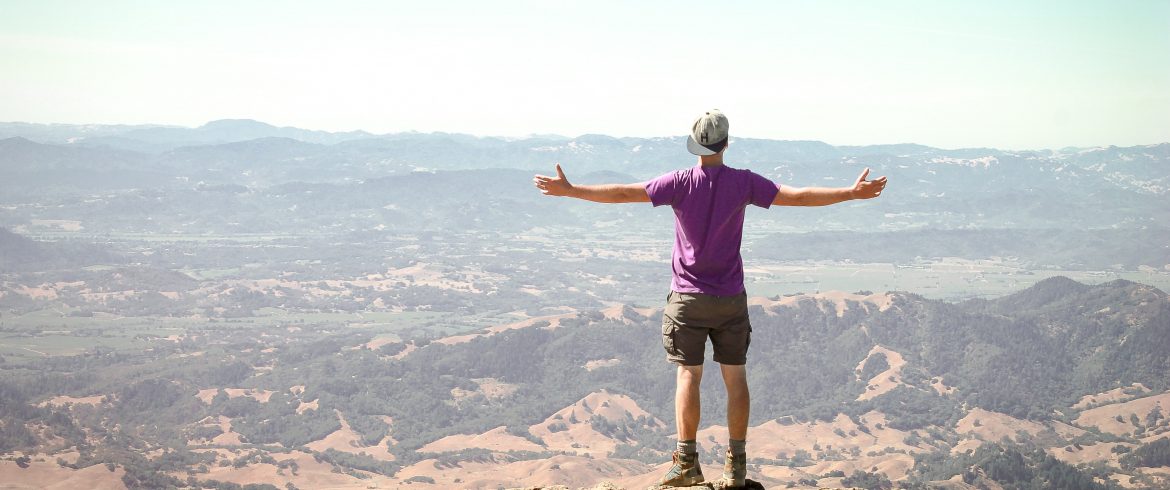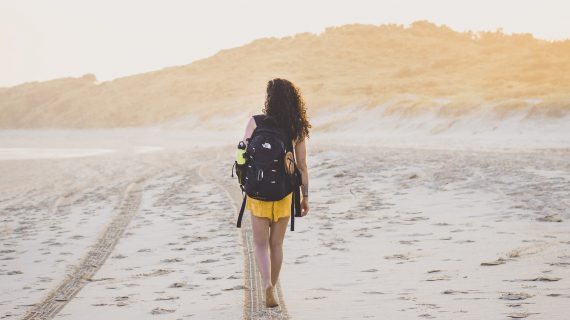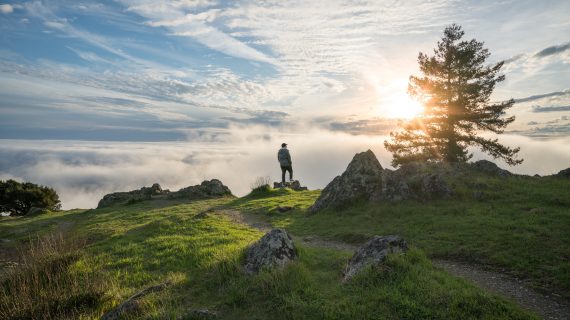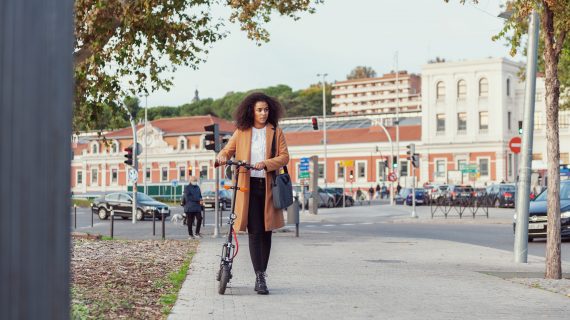The only thing better than getting out and seeing the world is protecting the earth as you explore. In the past several years, people have become more aware of the part that they play in the climate crisis thanks to tools like the carbon footprint calculator and the uptick in slow fashion around the world. It’s easier than ever to see the impact that you can have when it comes to living more sustainably, and this awareness can lead you towards more eco-friendly traveling habits. But traveling sustainably doesn’t have to be expensive. Here are seven ways to travel more sustainably without breaking the bank.
1. Take a Walk
When you travel to a new city, one of the best ways to get a feel for the local flavor of the place is to simply take a walk. This is also the healthiest, cheapest, and eco-friendliest way to see the city. You’ll have the freedom to explore the main drags and charming backstreets with the benefit of a healthy traveling habit. Plus, walking gives you the chance to interact with locals and get a more human view of the place you’re visiting.
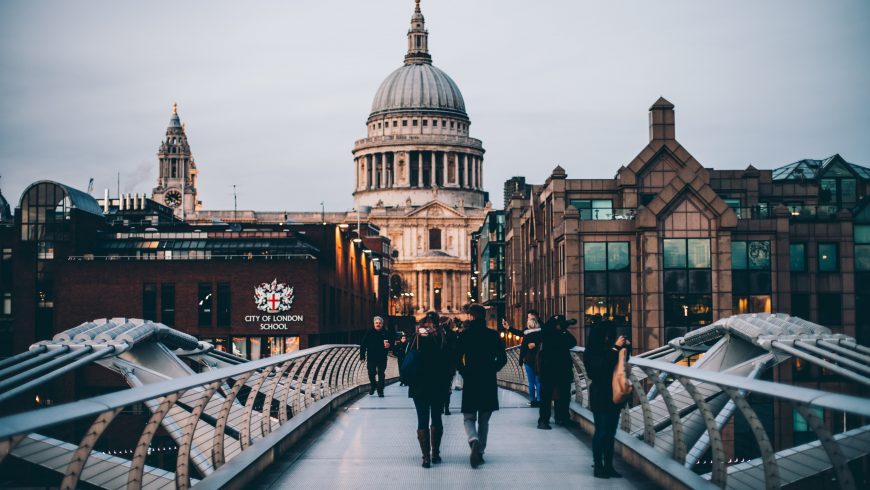
2. Take the Train or Bus
Of course, you can’t walk everywhere all the time. But if you need to get around town, taking public transport like local trains, subways, and buses is more affordable and sustainable than renting a car or taking a taxi everywhere. If you’re traveling between many different cities, you can save money and carbon emissions by taking the train or bus instead of a flight. This is also a great way to see the countryside and take a slower, more relaxing trip to your next destination.
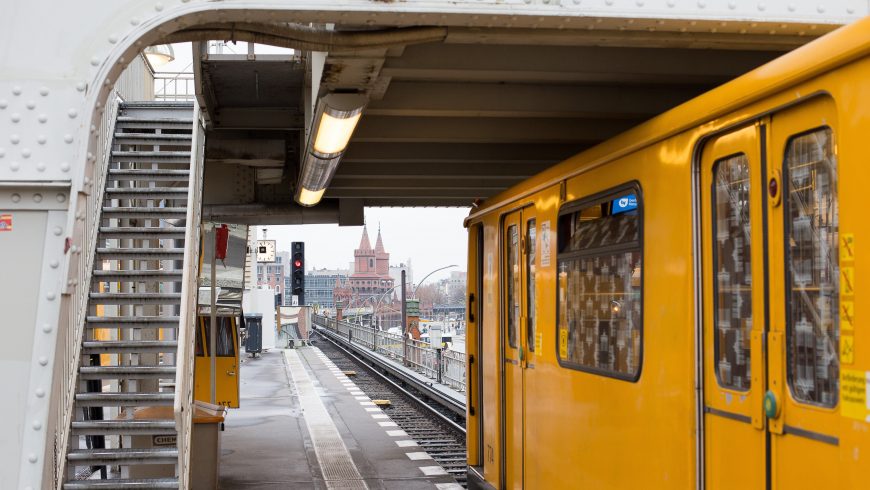
3. Explore Alternative Accommodation
Another great way to cut back on your carbon footprint without cutting into your budget is to stay somewhere other than a hotel, especially if you’re traveling alone. Staying alone in a hotel room means you’re using – and paying for – all of the resources that would usually be used for three or four people. Instead, try staying in a hostel, renting a room in a local person’s house, or even camping. That way, you’re only using the resources you need, and you’re not paying extra for space that you don’t need.
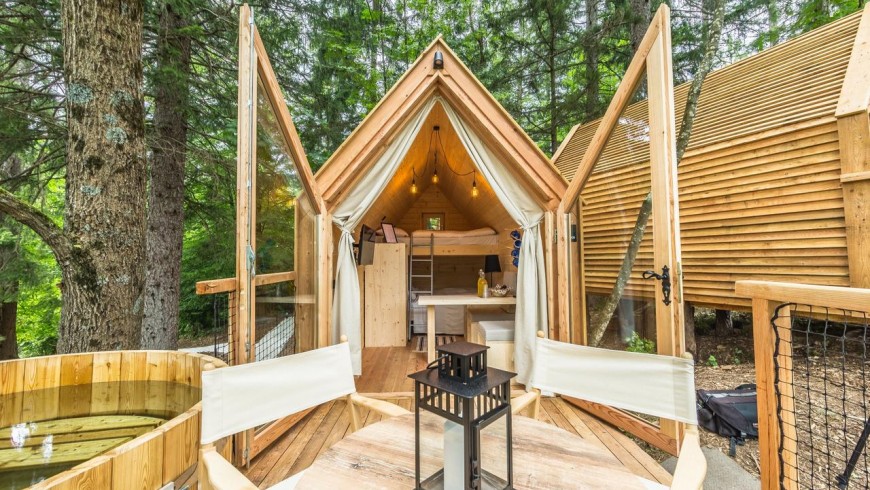
4. Use the “Do Not Disturb” Sign
If you do end up staying in a hotel, be sure to put out the “do not disturb” sign for the duration of your stay. The daily cleaning routine at most hotels involves washing linens that aren’t even dirty and using harsh chemicals throughout the room. You can help cut back on this waste by simply making your own bed in the morning.
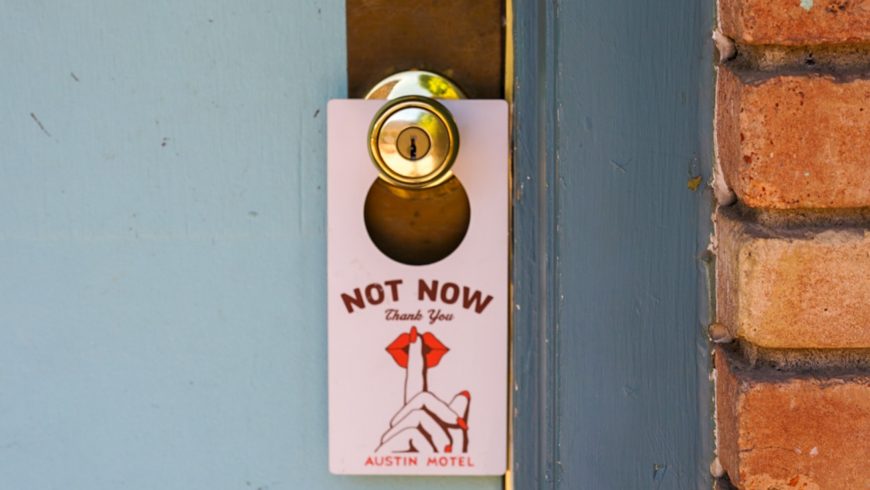
5. Skip the Bottled Water
If you’re traveling somewhere with clean drinking water in the taps, don’t buy bottled water. The cost of single-use plastic bottles adds up, both to you and to the environment. If you’re traveling in a place where it’s necessary to drink filtered or purified water, watch to see how and where locals buy water. In most places, there are places to refill your reusable bottle at a fraction of the price of buying a single-use plastic bottle.
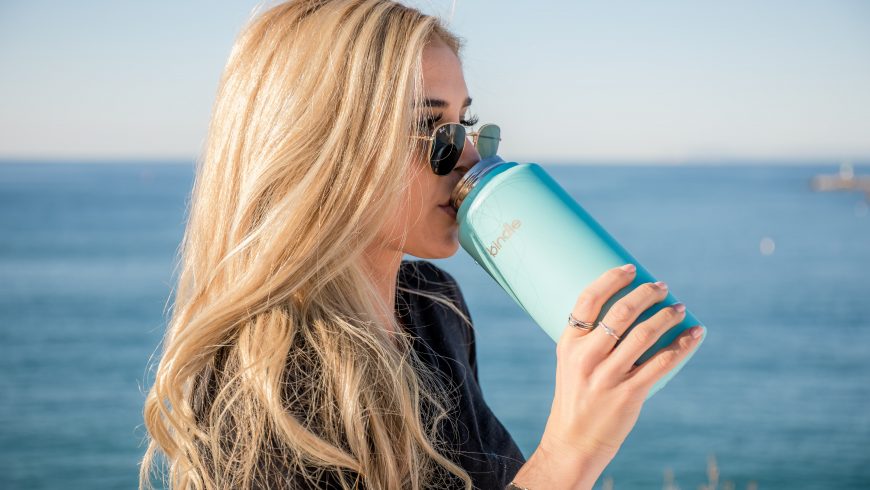
6. Eat and Shop Local
When you’re traveling to a new place, it’s always great to try out the local products. When you eat and shop local to your destination, you’re also helping cut back on the production and shipping costs of what you’re eating. Before you travel, do a quick search to find out what’s fresh and in-season at your destination, and make an effort to taste the truly local flavors.
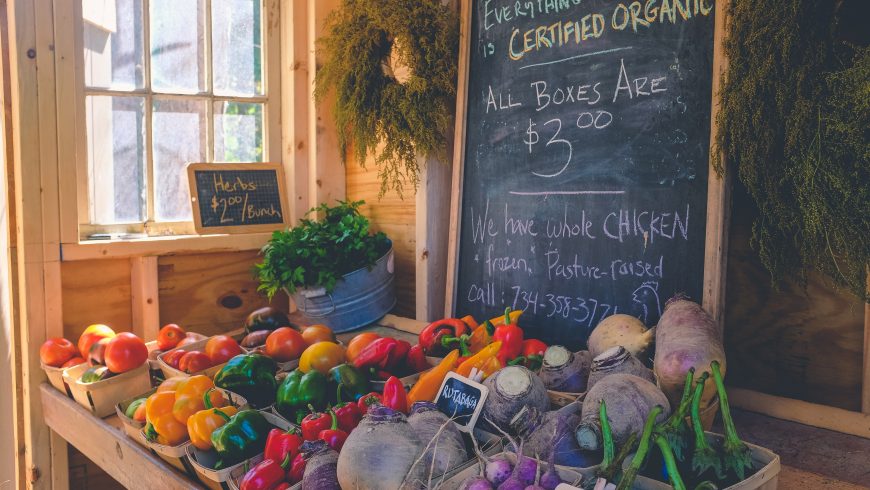
7. Pack Light
Having less luggage to carry with you makes it so much easier to travel sustainably, since you can easily hop on a bus or train or even choose to walk. Packing light also cuts back on the costs of traveling since you’re not checking baggage, and most travelers report feeling better and less stressed when they’re traveling with less stuff.
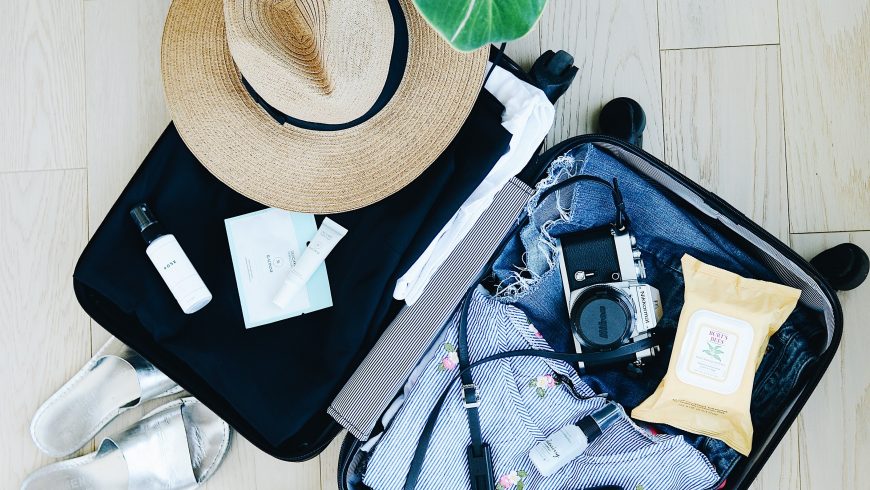
Cover image: Photo by Kyler Boone on Unsplash
